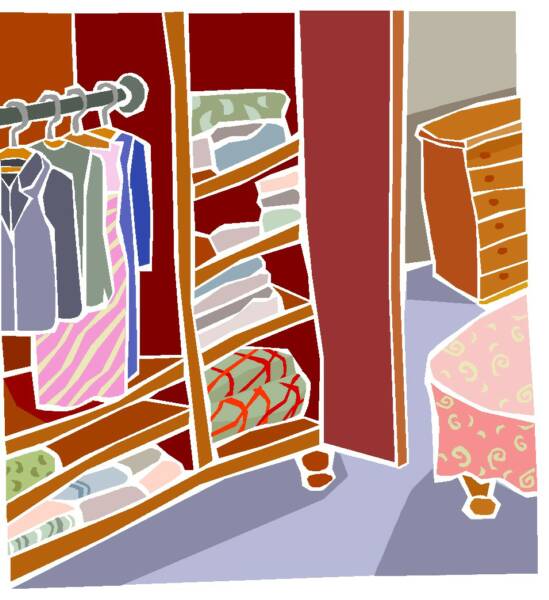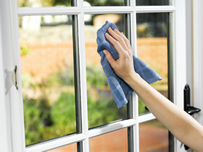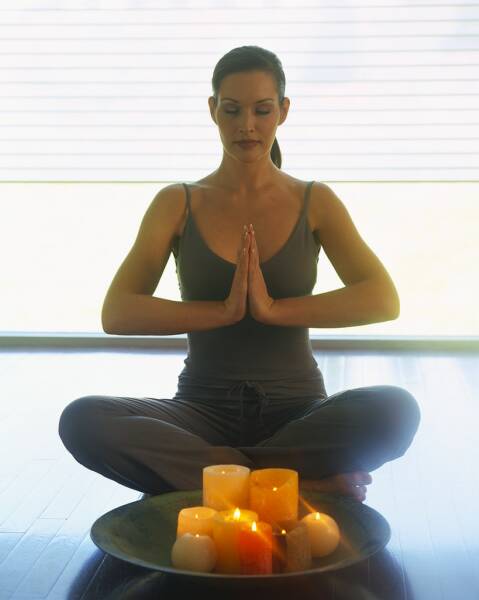*10% Off Your Entire First Purchase!
Everything You Need for A Healthy Body, Healthy Life & Healthy Home
Want to start cleaning Green and "green" your home? Want to get rid of the chemicals and toxins, hormone disrupters and carcinogenic ingredients that so many of us use to clean our homes?
Our products have been featured on Oprah several times and have outperformed many well-known brands and are a great value, saving you money as well :-)
Do you or your children suffer from asthma, allergies or other sensitivites? Do you want more energy and better health?
Learn More HERE
Product lines include:
*Green cleaning, dishwashing & laundry products
*A hand wash concentrate that can be used straight or mixed with water in the pump and that leaves your hands feeling as if they've gone to the spa....relaxed, energized and soft!
*Third-party studied, age-reversing skincare
*Mineral-based cosmetics
*Weight loss products
*Protein shake mixes
*Supplements (used by world-class and Gold Medal Olympic athletes)


Common Household Dangers
Here is a list of products you may want to leave off your shopping list next time you go to the grocery store. Go to (www.healthychild.org) Healthy Child Healthy Planet, whose experts tell it like it is and the Environmental Working Group (www.ewg.org) to learn more about healthy alternatives such as the Shaklee brand. Oprah Winfrey uses the products and has endorsed them seven times. With the economy in the slammer and as we are tightening our household budgets now is a good time to analyze what we are purchasing for our homes and families.
Common Household Products Contain Known Cancer Causing Ingredients
Ingredients Affect Neurosystem and Learning
According to the book, The Safe Shoppers Bible, here is a list of common household products that contain known carcinogens and/or neurotoxins. Carcinogens are chemicals that cause cancer. Neurotoxins are chemicals that adversely affect the nervous system reducing emotional well being, mental alertness, coordination and other functions associated with learning and intelligence.
Lysol disinfectant (all scents)
Renuzit Air Deodorizer
Bon Ami Foam Cleaner
Citri-Solv
Fantastik All-Purpose Cleaner
Formula 409
Pine-Sol Multi-Action Spray
Pledge Household Cleaner
Simple Green
Spic & Span Cleaner
Scotts Liquid Gold
Lemon Pledge
Tilex Soap Scum Remover
Glass Plus
Ajax Cleaner
Gillette Foamy Skin Conditioning
Speed Stick Deodorant
Soft Soap
Secret Deodorant
Johnson's Baby Shampoo
S.O.S. Ammonia Glass Cleaner
Dawn Sureshot
S.O.S. Vinegar Cleaner
Joy Dishwashing Liquid
Windex Glass Cleaner
Palmolive Dishwashing Liquid
Shout Aerosol & Stick
Sunlight Dishwashing Liquid
Spray & Wash Stain Remover
Kleen King Aluminum & Copper Cleaner
KR2 Spot Lifter
Behold Furniture Wax
Depend-o Blue Toilet Cleaner
Endust
3M Aerosol Spot Remover
Formby's Lemon & Almond Spray
Most Home & Garden Pesticides
Right Guard Deodorant
Ponds Dry Skin Bar
Palmolive Skin Bar
Lady Speed Stick
Lever 2000
Irish Spring Deodorant
Lifebouy Soap
Jergens Liquid Soap
English Leather
Deodorant
Ban Roll-on
Caress Body Bar
Camay
Ultra Brite Toothpaste
Cepacol Mouthwash
Crest Tartar Control
Listerine Original & Cool Mint
Arm & Hammer Toothpaste
Colgate toothpaste
Scope Mouthwash
Old English Furniture Spray
Dove Soap Bars
Begin by thinking of your home as a toxic waste dump. The average home today contains 1500 toxic chemicals — more than a chemistry lab at the turn of the century. More than 81,000 synthetic chemicals have been produced since WW II. Less than 2% of synthetic chemicals have been tested for toxicity, mutagenic and carcinogenic effects, or birth defects. Only a small percentage of these chemicals have been tested for long-term effects or human toxicity. There are over 150 known carcinogenic chemicals.
We're living in a "Toxic Brew" and we're "drowning in a sea of chemicals."
"We are conducting a vast toxicologic experiment in our society, in which our children and our children's children are the experimental subject."
Dr. Herbert Needleman, Pediatrician and Professor, Univ of Pittsburgh Medical Center
In the work place, Material Safety Data Sheets (MSDS) must accompany any product used. The work place and the outdoors are considered "legal environments" while the air inside homes is not. So regulations for outdoor air pollution and toxins in the workplace are much more strict than in the home.
Health Affects of Chemical Exposure Chemical exposure presents a real danger to you and your family's health and well-being. Cancer rates have almost doubled since 1960.
Cancer is the Number ONE cause of death for children. Many of these chemicals affect the respiratory and immune system. From the Healthy Child Organization (HC Org) 2007:
Cancer has increased 25% from 1975-1998
# of Children in Special Education Programs increased 191% from 1977-1994
Childhood Asthma rates have increased 100% between 1980-1995
According to Dr. Alan Greene, M.D., attending physician at the Lucile Packard Children's Hospital at Stanford University Medical School, an average of 200 industrial chemicals have been found in the chord blood of babies just after birth. These chemicals ARE floating in the blood of our babies BEFORE birth from what the mother is exposed to. According to the Health Child organization, of the over 80,000 chemicals registered for use in products we use every day, most didn't exist until 10 years ago. Think again if you think the government is keeping track. There is NO pre-market safety testing required under any federal law for chemicals used in products like cosmetics, toys, or construction materials. Of the 15,000 most commonly used chemicals, more than 80% have never been tested for health effects on children. None have been tested for health effects when they interact with one another. (HC Org 2007)
In 2004, researchers from two independent labortories examined the umbilical chord blood of babies from around the country. 287 chemicals were discovered present in the blood babies depended upon for food and survival Of these, 180 are known to cause cancer in humans and animals; 217 chemicals found known to cause brain and nervous system damage; 208 chemicals found know to cause birth defects and abnormal development tests on animals. (Environmental Working Group, Body Burden, 2005)
There has been a 26% increase in breast cancer since 1982. Breast cancer is the Number ONE killer of women between the ages of 35 and 54. Primary suspects are laundry detergents, household cleaners and pesticides.
Women who stay or work at home have a 54% higher death rate from cancer than women who work outside the home. This is believed due mostly to exposure to toxins in common household cleaners.*
Since 1980, asthma has increased by 600%. The Canadian Lung Association and the Asthma Society of Canada identify common household cleaners and cosmetics as triggers.
ADD/ADHD is epidemic in schools today. Behavioral problems have long been linked to exposure to toxic chemicals and molds.
Chemicals are attracted to, and stored in fatty tissue. The brain is a prime target for these destructive organics because of its high fat content and very rich blood supply.
Chemical and environmental sensitivities are known to cause all types of headaches.
Diseases commonly related to chemical exposure are: Fibromyalgia, chronic fatigue syndrome, arthritis, lupus, multiple sclerosis, circulatory disorders, Alzheimer's, Parkinson's disease, irritable bowel syndrome, depression, and hormonal problems.
The National Institute of Occupational Safety and Health has found more than 2500 chemicals in cosmetics that are toxic, cause tumors, reproductive complications, biological mutations and skin and eye irritations.
Chemicals in Household Products – There are more than 3 million poisonings every year. Household cleaners are the Number ONE cause of poisoning of children. The top three culprits according to Poison Control: Household cleaners, bleach and medications.
FORMALDEHYDE is one of the largest indoor pollutants in our homes. It damages the neurological connectors. It "hides" under many trade names. Symptoms caused by formaldehyde are allergies, cancer, immune system failings, and asthma. Products containing Formaldehyde include: antiperspirants, mouthwash, toothpaste, Tupperware, permanent press clothing, floor waxes, furniture polishes, baggies, coffee, laundry spray starch, cosmetics, dry cleaning solvents, perfumes, wax paper, paper money, and drugs.
PHENOLS are a major indoor pollutant. Phenols are absorbed by lungs, and skin. Symptoms include caustic burns, kidney and liver damage and hyperactivity. Products containing Phenols include: acne medications, baking powder, computers, TV sets, mouthwash, sugar substitutes, and wallpaper.
TRUSTED BRANDS
Do you think major brand products are safe? If it's on the store shelf, doesn't it make it safe? WRONG! Lysol© is even more dangerous than we thought. It contains phenols and dioxin (Agent Orange).
BLEACH must be safe because people have been using it for years, right? WRONG! When using bleach, antiseptics or chlorine in industrial areas, OSHA requires you to wear impervious protective clothing, hard hats, boots, gloves, apron or coveralls, chemical goggles or full face shield and use only in well ventilated areas. There has been a call from the U.S. / Canadian Commission to ban bleach in North America. Bleach is being linked to the rising rates of breast cancer in women, reproductive problems in men and learning and behavioral problems in children.
NTAs were banned in 1970. Lobbying by Proctor & Gamble in 1980 put them back into home products although they are extremely cancer causing. What are they for? ONLY to make more suds in detergents to make you think your clothes are getting cleaner.
In the USA the #1 cause of accidental poisoning is Dawn Dishwashing Detergent©. WHY? Because it is the #1 seller. Tide contains Lye and is the #1 polluter. It is also the #1 seller. Deep Woods and Off contain an ingredient called DEET. DEET causes seizures in children and adults.


